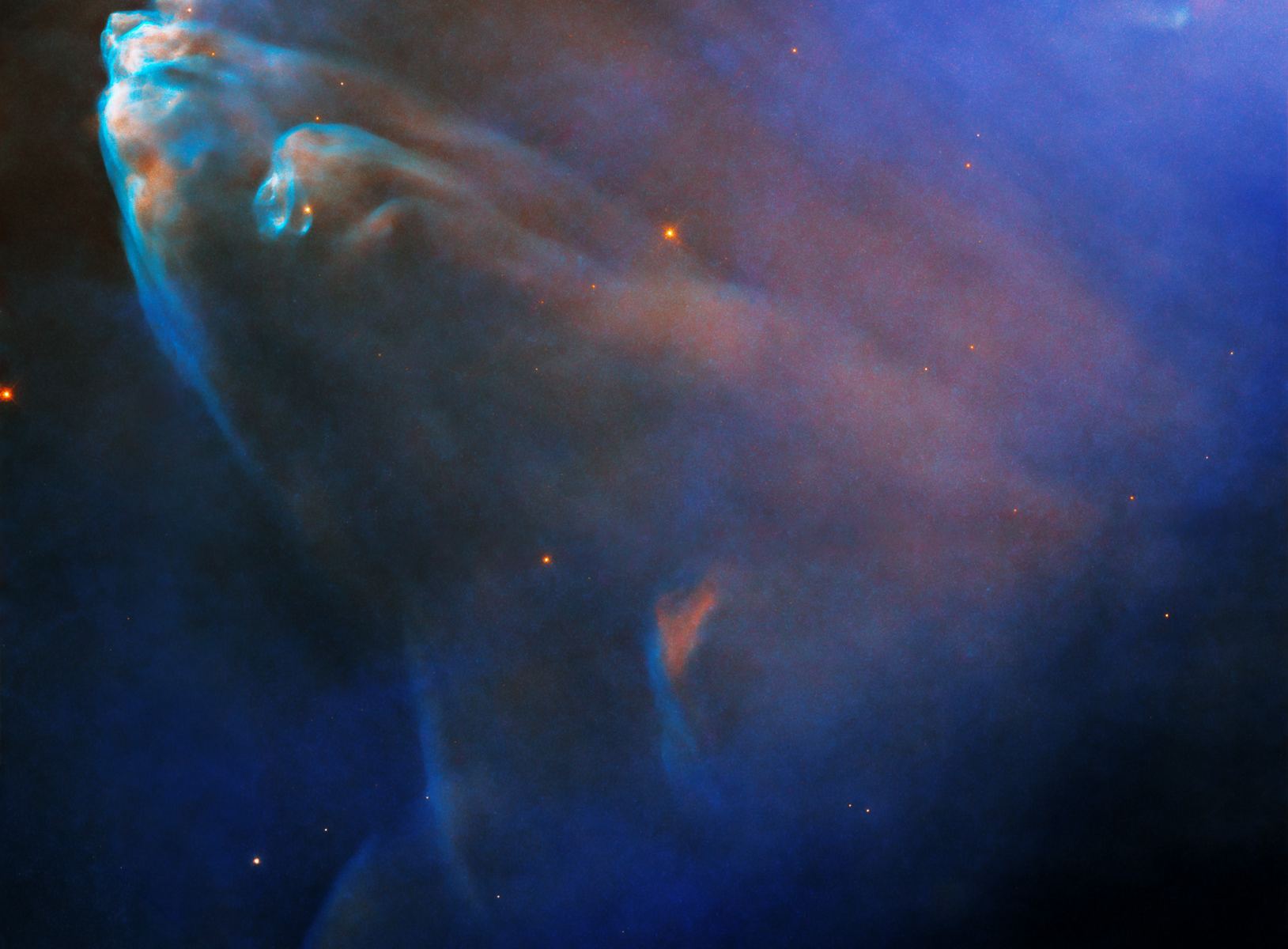The dividing line between stars and planets is that stars have enough mass to fuse hydrogen into helium to produce their own light, while planets aren’t massive enough to produce core fusion. It’s generally a good way to divide them, except for brown dwarfs. These are bodies with a mass of about 15–80 Jupiters, so they are large enough to fuse deuterium but can’t generate helium. Another way to distinguish planets and stars is how they form. Stars form by the gravitational collapse of gas and dust within a molecular cloud, which allows them to gather mass on a short cosmic timescale. Planets, on the other hand, form by the gradual accumulation of gas and dust within the accretion disk of a young star. But again, that line becomes fuzzy for brown dwarfs.
Continue reading “An Explanation for Rogue Planets. They Were Eroded Down by Hot Stars”Massive Stars Have the Power to Shape Solar Systems
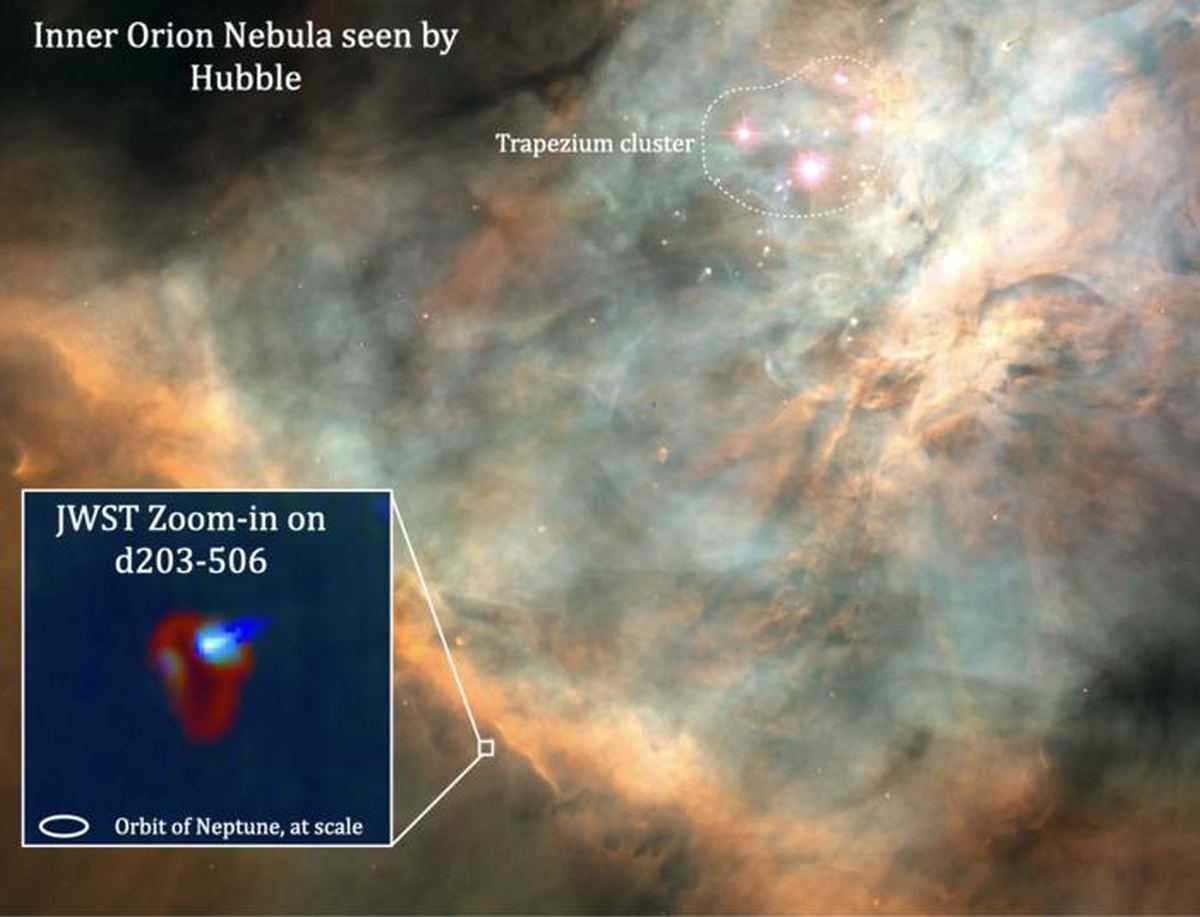
Stars shape their solar systems. It’s true of ours, and it’s true of others. But for some massive stars, their power to shape still-forming systems is fateful and final.
Continue reading “Massive Stars Have the Power to Shape Solar Systems”What’s the Source of Binary Rogue Planets?
The James Webb Space Telescope (JWST) is already making great strides in helping us to unravel the mysteries of the Universe. Earlier this year, hundreds of rogue planets were discovered in the Orion Nebula. The real surprise to this discovery was that 9% of the planets were paired up in wide binary pairs. To understand how this binary planets formed, astronomers simulated various scenarios for their formation.
Continue reading “What’s the Source of Binary Rogue Planets?”Hundreds of Free-Floating Planets Found in the Orion Nebula
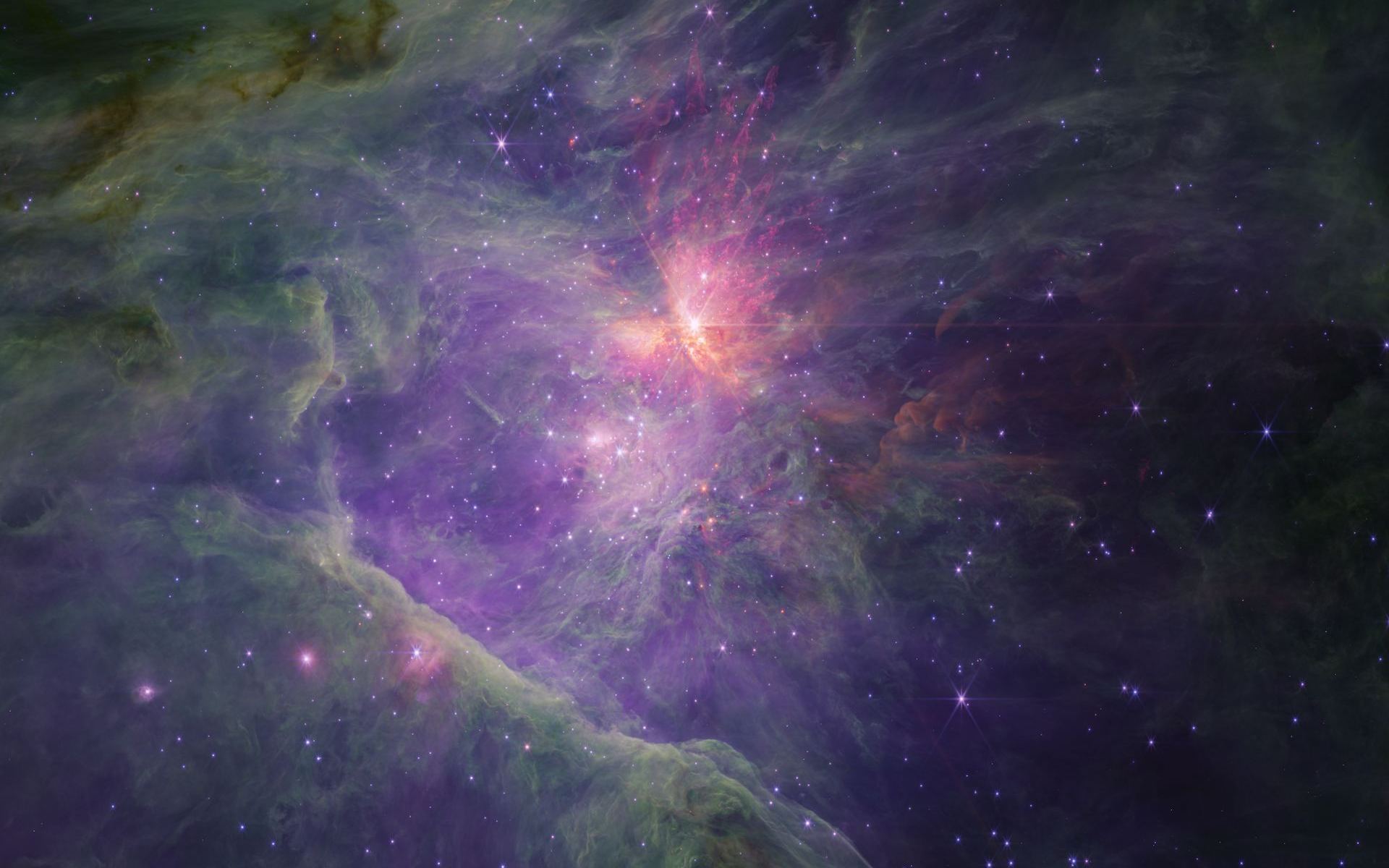
It appears that rogue planets – free floating worlds that aren’t gravitationally bound to a parent star – might be more common than we thought. New data from the James Webb Space Telescope have revealed 540 (yes, that’s right) planetary-mass objects in the Orion Nebula and Trapezium Cluster.
If confirmed, this would be by far the largest sample of rogue planets ever discovered.
Continue reading “Hundreds of Free-Floating Planets Found in the Orion Nebula”Incredible New Images of the Orion Nebula From JWST
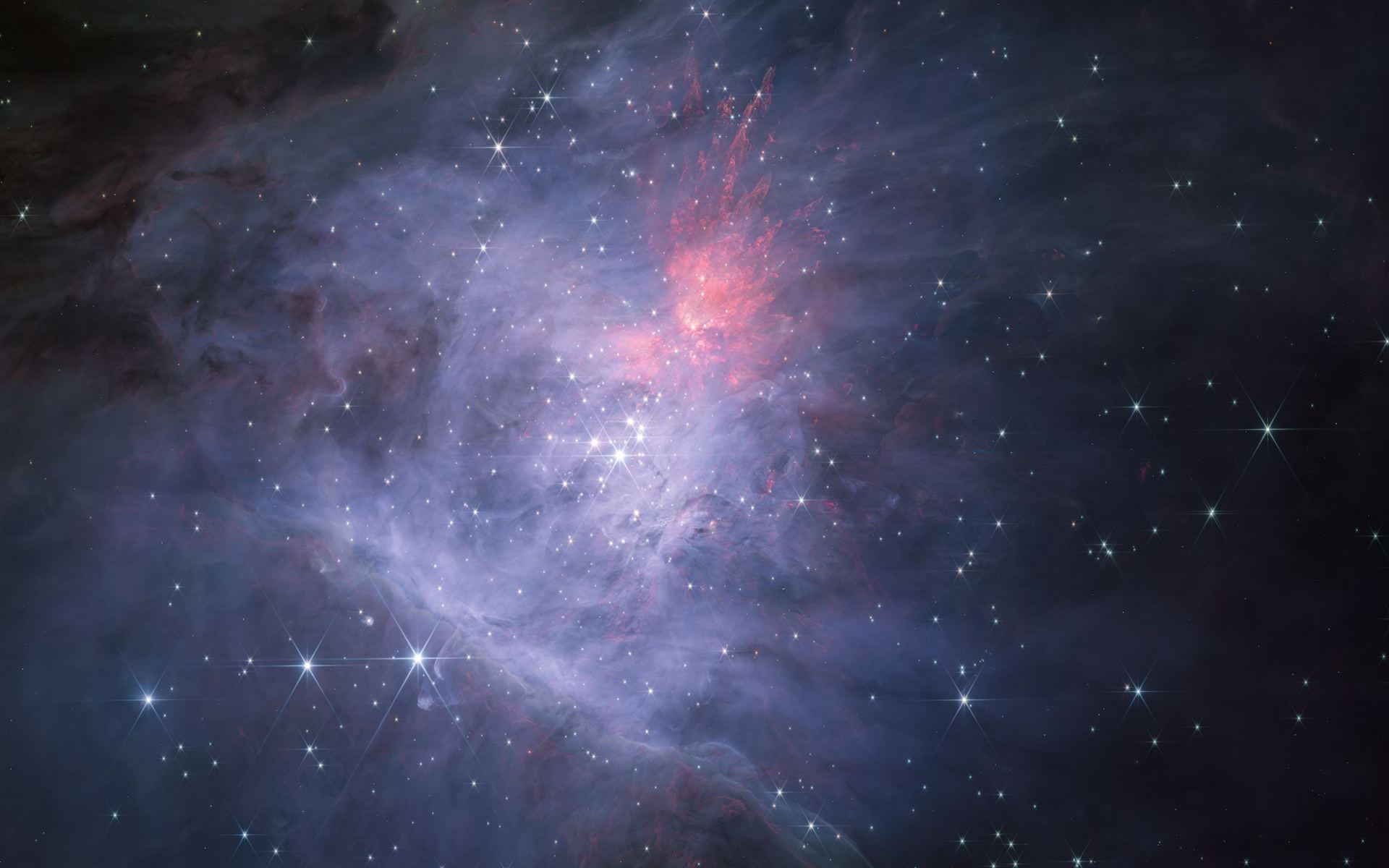
The Orion Nebula is one of the brightest star-forming regions in the sky, easily visible in a small telescope. But you’ve never seen anything like these new images from JWST. Researchers have created enormous mosaics of the region in both short and long-wavelength channels. An interactive interface from ESA allows you to zoom in and out of the image and switch between the views. You can see details in the stellar discs and outflows in the short-wavelength version, while the long-wavelength version reveals the network of dust and organic compounds.
The new images also reveal some mind-boggling enigmas.
Continue reading “Incredible New Images of the Orion Nebula From JWST”Beautiful New Hubble Photo Shows Hot, Young Variable Stars in the Orion Nebula
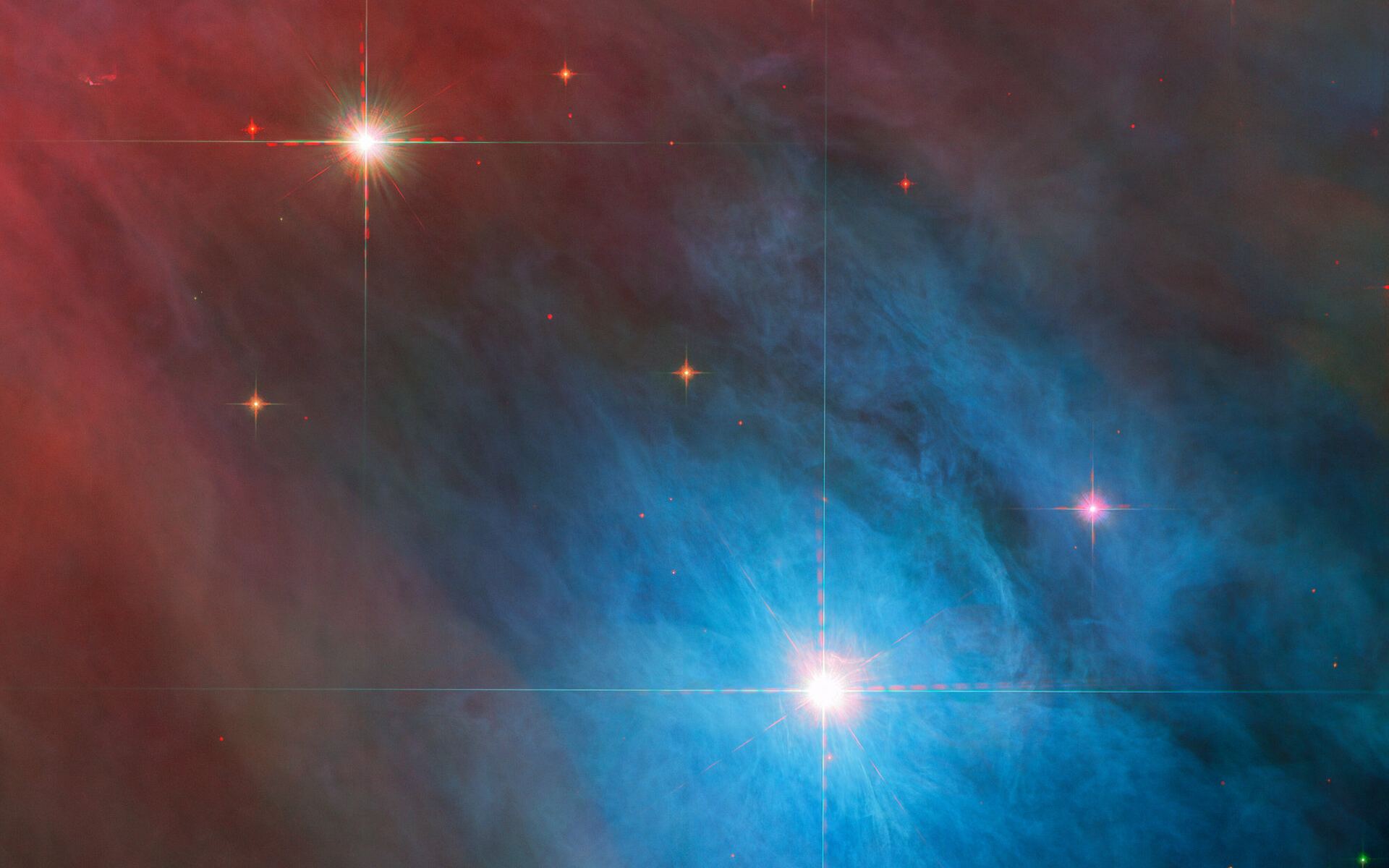
Here’s another striking image from the venerable Hubble Space Telescope. These billows of blue and red show a detailed look at a small portion of the famous Orion Nebula. But what really catches the eye are the brilliant stars with the cross-shaped diffraction spikes — a hallmark of Hubble images.
Continue reading “Beautiful New Hubble Photo Shows Hot, Young Variable Stars in the Orion Nebula”The Webb Image you’ve Been Waiting For: the Orion Nebula

This is it, folks. Feast your eyes! It’s what we’ve been training for—seeing the James Webb Space Telescope’s first detailed view of the Orion Nebula! JWST’s NIRCam gazed at this starbirth nursery and revealed incredible details hidden from view by gas and dust clouds.
Continue reading “The Webb Image you’ve Been Waiting For: the Orion Nebula”Brand New Stars in the Orion Nebula, Seen by Hubble
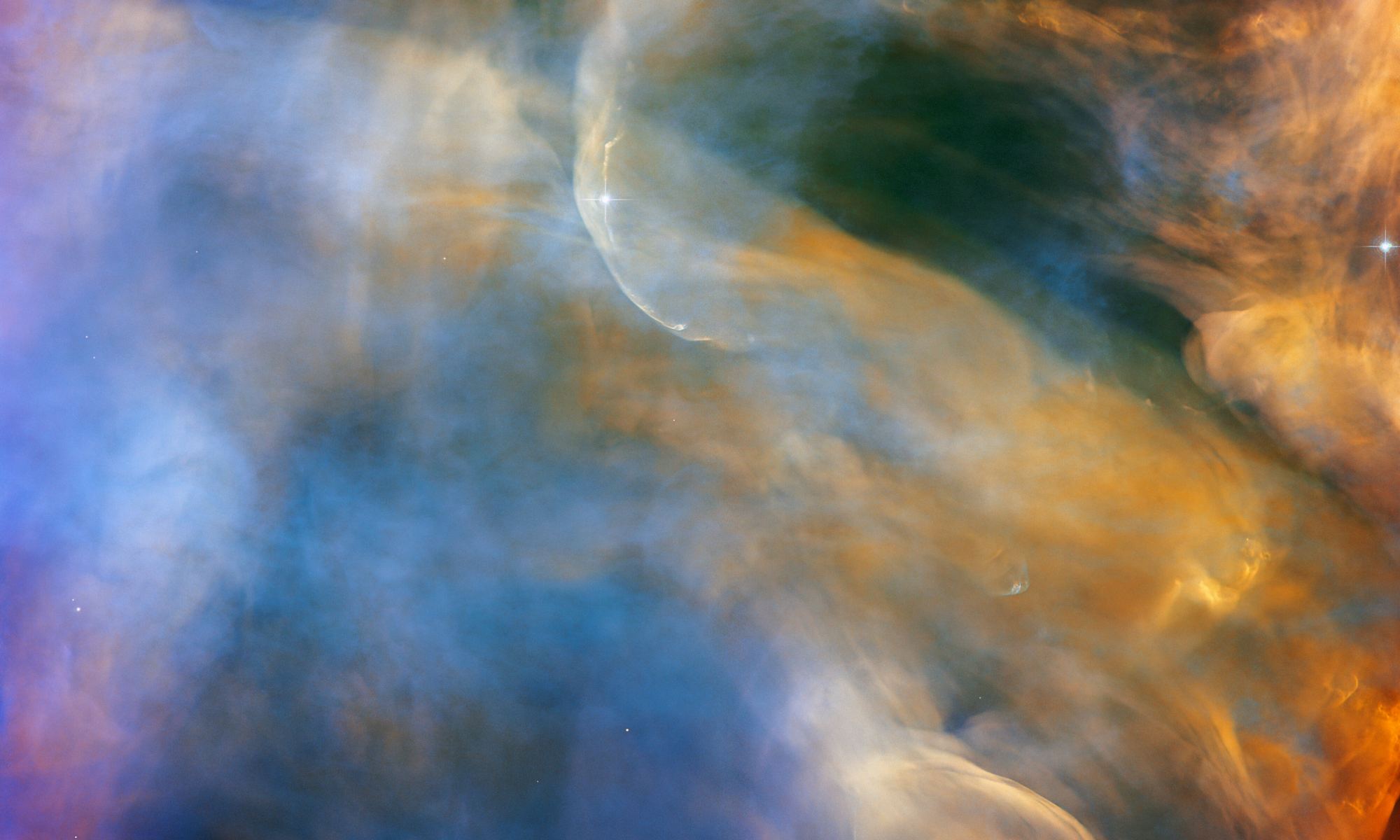
The Orion Nebula is a giant cloud of gas and dust that spans more than 20,000 times the size of our own solar system. It one of the closest active star-forming regions to Earth, and is therefore one of the most observed and photographed objects in the night sky. The venerable Hubble Space Telescope has focused on the Orion Nebula many times, peering into giant cavities in the hazy gas, and at one point, Hubble took 520 images to create a giant mosaic of this spellbinding nebula.
Now, Hubble has captured new views of a wispy, colorful region in the Orion Nebula surrounding the Herbig-Haro object HH 505.
Continue reading “Brand New Stars in the Orion Nebula, Seen by Hubble”Recent Supernovae Produced Giant Cavities in the Orion Nebula
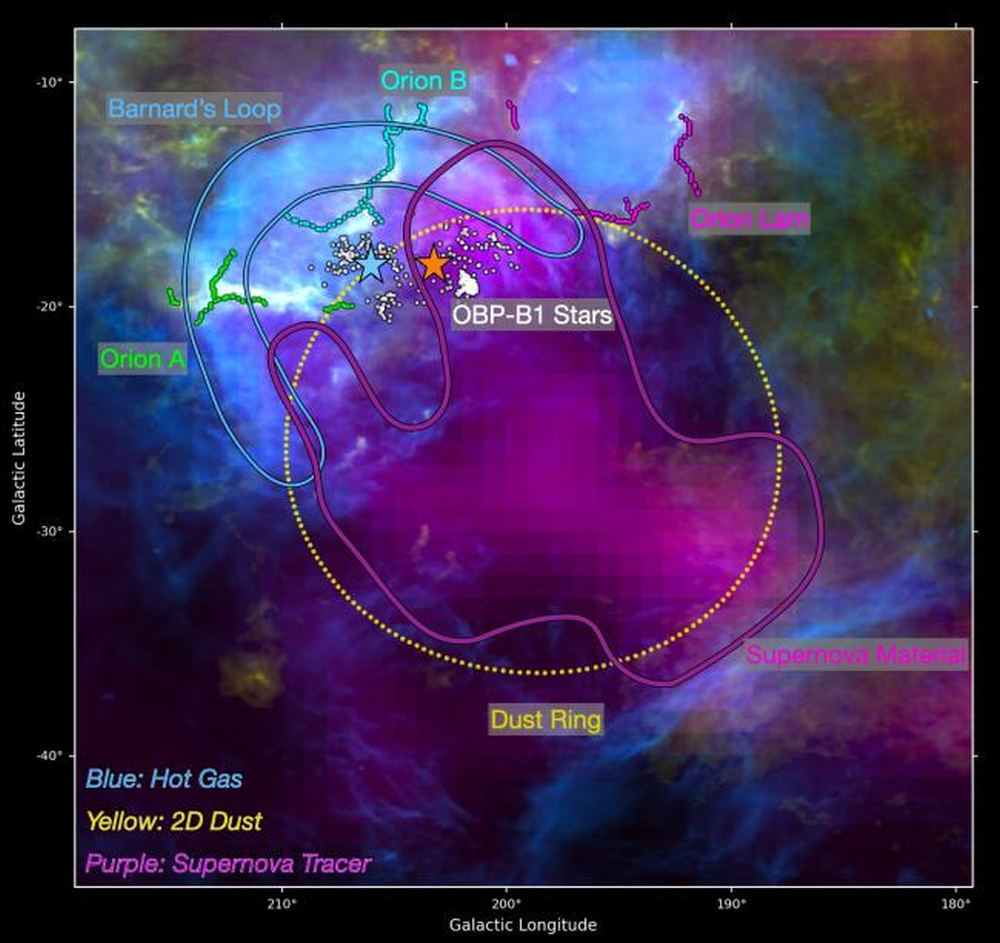
The Orion Nebula is a well-known feature in the night sky and is visible in small backyard telescopes. Orion is a busy place. The region is known for active star formation and other phenomena. It’s one of the most scrutinized features in the sky, and astronomers have observed all kinds of activity there: planets forming in protoplanetary disks, stars beginning their lives of fusion inside collapsing molecular clouds, and the photoevaporative power of massive hot stars as they carve out openings in clouds of interstellar gas.
But supernova explosions are leaving their mark on the Orion Nebula too. New research says supernovae explosions in recent astronomical history are responsible for a mysterious feature first formally identified in the night sky at the end of the 19th century. It’s called Barnard’s Loop, and it’s a gigantic loop of hot gas as large as 300 light-years across.
Continue reading “Recent Supernovae Produced Giant Cavities in the Orion Nebula”Colliding Gases at the Heart of the Running Man Nebula
Behold, the Herbig-Haro object known as HH45, captured by the Hubble Space Telescope (HST)! These objects are a rarely seen type of nebula made up of luminous clouds of dust and gas. These occur when newborn stars form within a nebula and eject hot gas, colliding with the surrounding gas and dust. The result is bright shock waves that look like mounded, luminous clouds in space!
Continue reading “Colliding Gases at the Heart of the Running Man Nebula”


